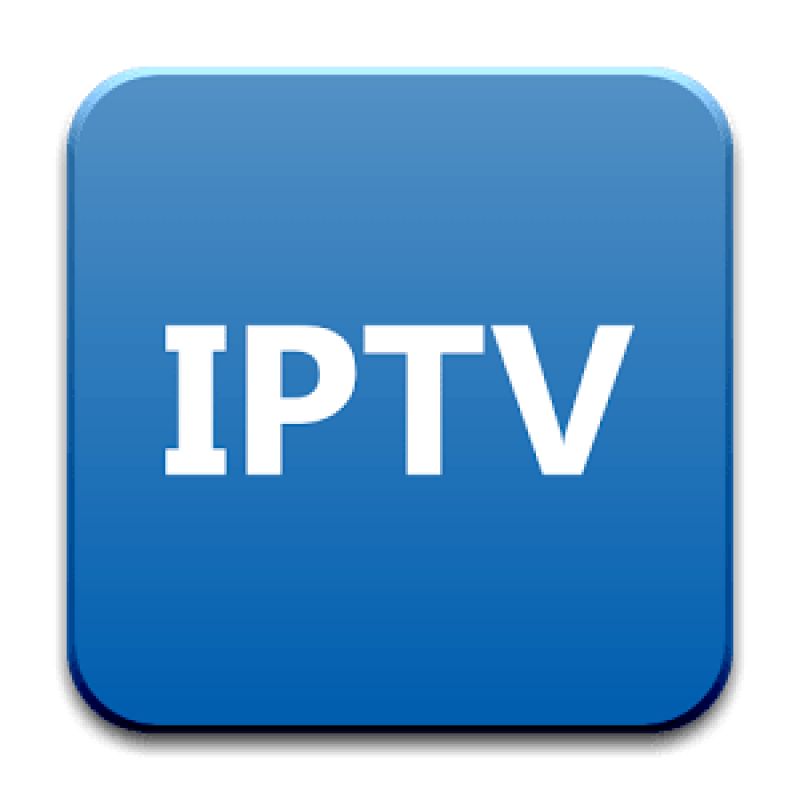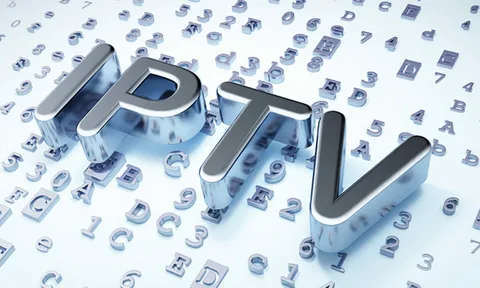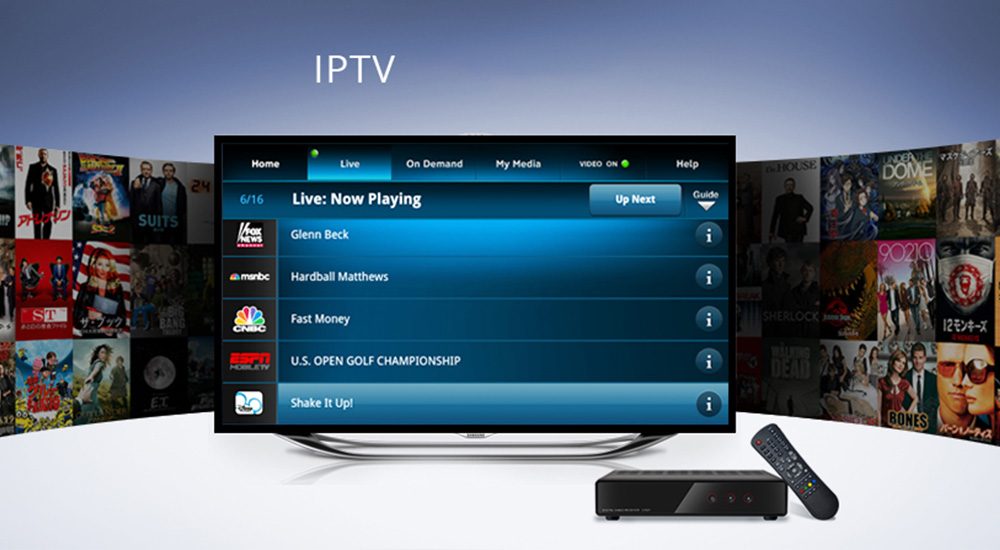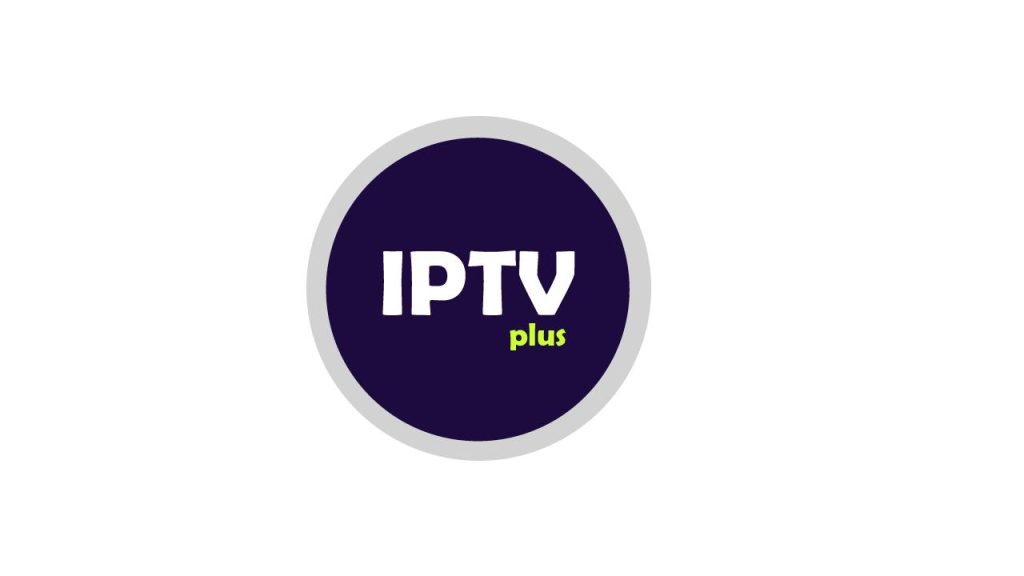Best IPTV in USA: Top-Rated Streaming Options | StaticIPTV.us
In the contemporary digital landscape Best IPTV in USA, IPTV (Internet Protocol Television) is fundamentally transforming content consumption patterns. This innovative technology enables viewers to stream their preferred shows and movies via the internet, thereby providing a significant degree of convenience and flexibility. This article examines the foundational aspects of IPTV and its operational mechanisms, outlines its advantages, and evaluates the top-rated IPTV services available in the United States. Furthermore, it offers essential guidance on selecting the most suitable IPTV provider to meet individual requirements. Explore this informative piece to discover an enhanced approach to television viewing, particularly for cord-cutters seeking diverse streaming services. Key Takeaways: IPTV uses internet technology to deliver TV content, providing a more personalized viewing experience, including video on demand and pay-per-view options. With IPTV, you can enjoy the convenience of watching your favorite shows at a lower cost compared to traditional cable or satellite TV, thanks to competitive pricing and affordable plans. When choosing an IPTV service in the USA, consider factors such as channel selection, compatibility with your devices, and customer support to find the best option for you. What is IPTV and How Does it Work? IPTV, or Internet Protocol Television, represents a significant advancement in television technology, facilitating the streaming of live television, movies, sports, and on-demand content via the internet, as opposed to conventional cable television systems. By leveraging high-speed internet connectivity, IPTV services provide an extensive array of entertainment options, including premium sports packages, on-demand content, international channels, and a comprehensive content library. These services are accessible through a user-friendly interface across various devices, including Smart TVs, Android devices, Firestick, and Apple TV, ensuring multi-device compatibility. Explanation of IPTV and its Technology IPTV (Internet Protocol Television) employs streaming technology to digitize television signals and deliver them through the internet, enabling viewers to access channels and content via various compatible devices. This technology functions by converting traditional broadcast signals into data packets, which are then transmitted over IP networks. A critical component of this system is the M3U URL format, which acts as a playlist file that lists available channels and content. It allows users to easily navigate through their Electronic Program Guide and access VOD content. Users can input these URLs into their IPTV applications or media players to easily navigate to their desired programming. Ensuring compatibility with a wide range of devices—including smart TVs, set-top boxes, smartphones, and tablets—is essential, as it facilitates seamless streaming experiences across different platforms, allowing users to leverage a VPN service for privacy protection. Additionally, adaptive bitrate streaming guarantees that viewers receive optimal video quality, even in the presence of fluctuating internet speeds, underscoring the technical sophistication inherent in this contemporary broadcasting method. Benefits of IPTV IPTV provides numerous advantages that align with the preferences of contemporary viewers. It offers the convenience of accessing a wide array of content, including live television, movies, sports events, and family-friendly content. Additionally, IPTV presents a cost-effective alternative to traditional cable television options, offering high-definition streaming and 4K streaming, making it an attractive choice for individuals seeking affordable viewing plans. Convenience and Cost-Effectiveness One of the prominent features of IPTV is its convenience, enabling users to access their preferred shows, movies, and live sports through a variety of pricing options and affordable plans designed to accommodate different viewing preferences. This flexibility allows viewers to select subscriptions that align with their budget, whether they opt for basic packages or more comprehensive offerings. The availability of on-demand content significantly enhances the viewing experience, enabling subscribers to enjoy their desired programming at any time and removing the limitations imposed by traditional broadcast schedules. Moreover, IPTV systems feature intuitive interfaces and seamless streaming capabilities, providing a user-friendly platform that simplifies navigation and facilitates the discovery of new content. Collectively, these factors contribute to a more satisfying and personalized digital entertainment experience for all users. Comparison of Different Providers and Packages Analyzing various IPTV providers and their respective packages reveals significant distinctions in channel selection, pricing structures, and additional features that can greatly impact a viewer’s decision. Each provider has established its own niche, appealing to specific audiences with differing content preferences. For example, certain services emphasize comprehensive sports coverage, making them particularly suitable for avid sports enthusiasts, while others feature an extensive library of films and series, catering to viewers who prioritize entertainment. The pricing strategies among providers also vary considerably; some offer subscription models that include a basic tier with a limited number of channels, while others present premium packages that guarantee a broader range of content, multiple screen access, HD quality, and enhanced viewing experiences. These varied offerings give the power to viewers to customize their IPTV subscriptions to align closely with their viewing habits and budgetary considerations. How to Choose the Best IPTV Service for You Choosing the optimal IPTV service necessitates thorough evaluation of several key factors, including the quality of customer support, device compatibility, legal status, and the breadth of content available across various subscription plans. It is essential to ensure that the chosen service effectively fulfills your entertainment requirements, with competitive pricing and minimal installation costs. Factors to Consider and Questions to Ask When evaluating IPTV services, it is essential to consider several factors, including the legal status of the service, the reliability of customer support, device support, and the variety of channels available in their packages, as these elements can significantly influence the overall user experience. Potential users should thoroughly investigate the pricing models, paying particular attention to any hidden fees or cancellation policies that may impact their monthly budget. Additionally, it is prudent to assess the quality of the streaming experience, which can be influenced by the provider’s bandwidth and server configuration. To facilitate this evaluation, posing targeted questions can prove invaluable. For instance, one should inquire about the service’s compatibility with various devices, the availability of on-demand content, and whether a trial period is offered to allow users to assess the service before making a commitment. By taking these considerations into account,
Best IPTV in USA: Top-Rated Streaming Options | StaticIPTV.us Read More »








